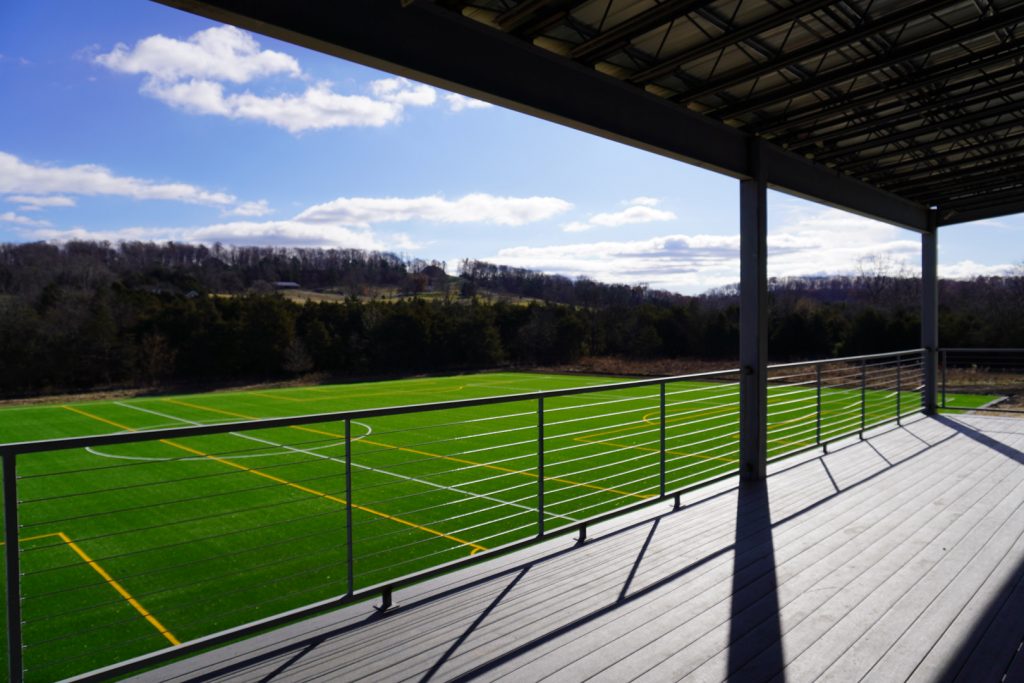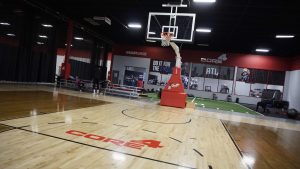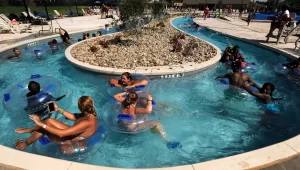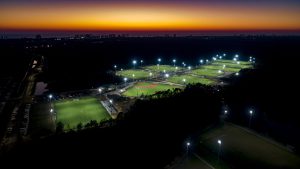Do you have a vision for a sports, recreation, or entertainment complex in your community? A place where young athletes from throughout the region take to the diamond to battle in intense competitions before fans and family? A complex that provides a sense of place for your community and serves as an economic impact driver for your municipality? At the Sports Facilities Companies, we’ve worked with thousands of communities throughout the country and understand what it takes to push ideas from visions to industry-defining venues. It takes a comprehensive plan that includes refining your idea, testing its market viability, and attaining funding. This is all done before selecting an architect and a construction contractor and putting the first shovel in the ground.
In this article, inspired by our recent webinar with Sports ETA titled Rebooting your Sports Tourism Development Project, we will discuss the initial steps of the facility development process that take you from concept to the beginning of the design and construction process and provide insight in to how each step is achieved.
How long does it take to build a sports facility?
While there are a number of factors that can impact sports facility development projects, our experience has shown that it takes about 2-3 years for a facility to be planned and constructed. The components of the sports facility development process include:
- Determining Feasibility- 6-12 months
- Project Financing- 6 months
- Construction- 12-18 months
Step 1: Visioning and Defining Success
All sports facilities start as a vision. Whether you drew it on a cocktail napkin or have big plans for that overgrown patch of land you pass on your commute, your sports venue must start with the idea of taking something that doesn’t currently exist and creating something that meets your goals. But what are your goals? The critical first step in bringing that ball field, tournament venue, or event center to life is defining what success will look like when it’s achieved. Definitions of success have evolved over the years but some of the ones we’ve seen in the past include:
- Generating economic impact from non-local visitors for sports tourism events
- Creating a venue that enhances health outcomes for the local community
- Creating a venue that balances tournament use and local use
- Relieving pressure for over utilized parks and field facilities
Determining what success means for your venue often involves discussions with elected leaders as well as community members. Once those definitions of success have been established, the next step is to quantify them and examine how the regional and local market will impact your ability to achieve your goals.
Step 2: Assessing your Market
Determining the feasibility of a venue concept starts with market research. At Sports Facilities Advisory, this research focuses on a variety of factors, including a region’s demographics, sport participation rates, and competing facilities.
Market Analysis
Demographics must be examined to determine the size and interests of the consumer group within the market that you are competing to attain. The market area consists of populations within 15, 30, and 60 minutes of your proposed location. Key data to examine within a local area include:
- Sports participation rates (generated from survey data)
- Average recreational spending
- Household income
- Population
- Median age
- Five-year population growth projections
Competitive Analysis
Competitive analysis starts with an examination of the types of events that are taking place in your region at facilities within 4-6 hours of your potential location. Primarily, the analysis should focus on the times of year that events are taking place and their price points. These answers will help us determine what will the market bear and what factors determine how much consumers will pay to participate in certain events. These factors may include:
- Facility quality
- Ease of access to the destination
- Facility size
- Event quality
- Distance from hotel to facility
This research will help you understand the competitors in your market and allow you to identify gaps in what is being offered to consumers. Filling these gaps can become the basis for what your venue will offer.
Depending on the scope of the project, an examination of the local market should be conducted as well. Depending on the type of programming you offer, the local market can be defined by the distance people will travel to participate in it. According to our research on over 2,000 communities nationwide, for every hour spent in a venue, consumers will spend 1/3 of that time driving to it. These drive times are even shorter for activities such as fitness classes. Based on these parameters, we can discover a set of competing facilities and similarly determine gaps in program offerings.
Information gathered by assessing the size of the consumer group, their needs, population data and growth, and competing facilities, can be used to right-size your vision and create a financial forecast that projects hard and soft development costs, programming space requirements, and profit and loss projections, among many other items.
Step 3: Financial Forecasting and Economic Impact Analysis
Financial Forecast
Once a vision is fully refined based on your current market, a financial forecast can be developed to give potential funders and investors a clear picture of how a venue will perform over the course of a specific time period. The financial forecast will include:
- 5-year cash flow forecast and 20-year financial outlook
- Business model projections
- Recommended debt-to-equity mix and debt service
- Programming space requirements
- Projected revenues
- Construction and start-up cost estimates
- Site requirements
- Direct costs
- Variable costs
- Facility and operating expenses
- Projections of how the space will be utilized
Economic Impact Analysis
If you are developing a sports tourism destination, it’s important to understand the overall impact the new facility will have on the local economy. An economic impact report provides critical data projecting how the venue will drive:
- Non-local visitors (people driving an hour or more) to your community
- Hotel nights for visitors to your facility
- The average daily expenditure of non-local visitors. In particular, this data includes lodging, dining, entertainment, retail, travel, and associated purchases.
Once these documents have been developed, they can be passed along to a design team who will produce a program plan. The program plan lays out the space requirements for the new facility and may include:
- Indoor/outdoor spaces
- Locker rooms
- Team rooms
- Cafes
- Sites requirements. What’s the overall acreage required for the project?
- Programming
- Parking
Step 4: Securing Funding
To secure funding for your project, financial forecasts and economic impact reports can be presented to funding institutions, strategic partners, and private investors to show its potential to achieve its definitions of success, and to assess risk. The timing necessary to complete this step can vary greatly and largely depends on timing, relationships, the political climate, and the quality of the presentation and the information provided. SFA provides funding support services to guide communities in this process by:
- Providing a project plan and project timeline
• Developing a funding strategy
• Creating presentation materials
• Developing partnerships
• Attaining sponsorship, tenant and user agreements
Establishing a funding structure is a major hurdle to overcome, but it’s just the beginning. Once funding is in place, the physical sports facility development work can begin.
While this process may seem large and nuanced, it’s attainable, especially with help. The Sport Facilities Companies have worked with thousands of communities and private sector companies to guide them through each step of this process. We utilize our experience, determination, and a deep commitment to our clients to help them build venues that impact their communities and the lives of people everywhere. Ready for a company that stands by you at every stage of development? Contact us today!






